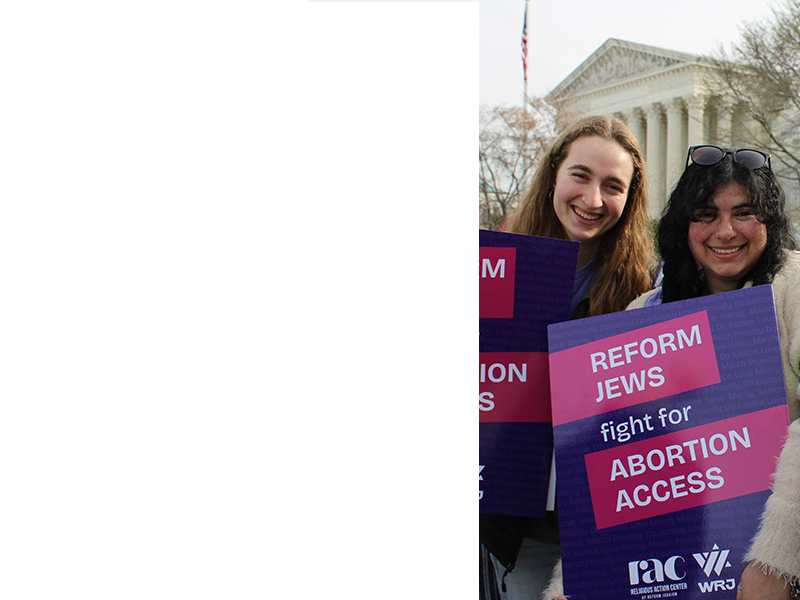Background Information
Article III of the United States Constitution establishes the judiciary as one of the three separate and distinct branches of the federal government. The federal courts often are called the guardians of the Constitution because their rulings protect rights and liberties guaranteed by the Constitution. Through fair and impartial judgments, the federal courts interpret and apply the law.
There are 94 U.S. judicial districts, including at least one district in each state, the District of Columbia, and Puerto Rico. The U.S. district courts are the trial courts of the federal court system. Within limits set by Congress and the Constitution, the district courts have jurisdiction to hear nearly all categories of federal cases, including both civil and criminal matters. The 94 U.S. judicial districts are organized into 13 regional circuits, each of which has a United States court of appeals. A court of appeals hears appeals from the district courts located within its circuit, as well as appeals from decisions of federal administrative agencies. In addition, the Court of Appeals for the Federal Circuit has nationwide jurisdiction to hear appeals in specialized cases, such as those involving patent laws and cases decided by the Court of International Trade and the Court of Federal Claims. All federal judges are appointed for a life-long term.
The United States Supreme Court, consisting of a Chief Justice and eight Associate Justices, hears a limited number of the cases each year. The cases may begin in the federal or state courts, and they usually involve important questions about the Constitution or federal law.
Altogether, there are 871 federal judgeships across the United States. As of October 2009, 96 of these seats are vacant, including 21 seats on circuit courts of appeal.
The Constitution’s system of checks and balances gives both the Executive Branch and the Legislative Branch important roles in choosing and confirming the members of the federal judiciary, including United States Supreme Court justices, court of appeals judges, and district court judges. The President is entrusted with the power to appoint federal judges “by and with the Advice and Consent of the Senate.” The Senate Judiciary Committee typically conducts confirmation hearings for each nominee and must approve the nomination before it is sent to the full Senate for a vote. In 1795, a Senate that included many members who had attended the Constitutional Convention rejected President George Washington’s nominee for Chief Justice of the Supreme Court, South Carolina’s John Rutledge.
What’s At Stake?
At stake in the consideration of any federal court nominee is the protection of our civil rights and fundamental freedoms. Among these are the right to be free from discrimination based on race, national origin, religion, gender, sexual orientation, or disability; the right to organize in a union and be protected by national labor standards; women’s reproductive rights; the right to clean air and water; and the right to equal opportunity in employment and education for all Americans. While many have fought for years to secure these rights, they are not secure without a federal judiciary ready to stand vigilant to protect them. It is imperative to the functioning of our courts that every American walks into a federal courtroom believing that he or she will get a fair shake.

